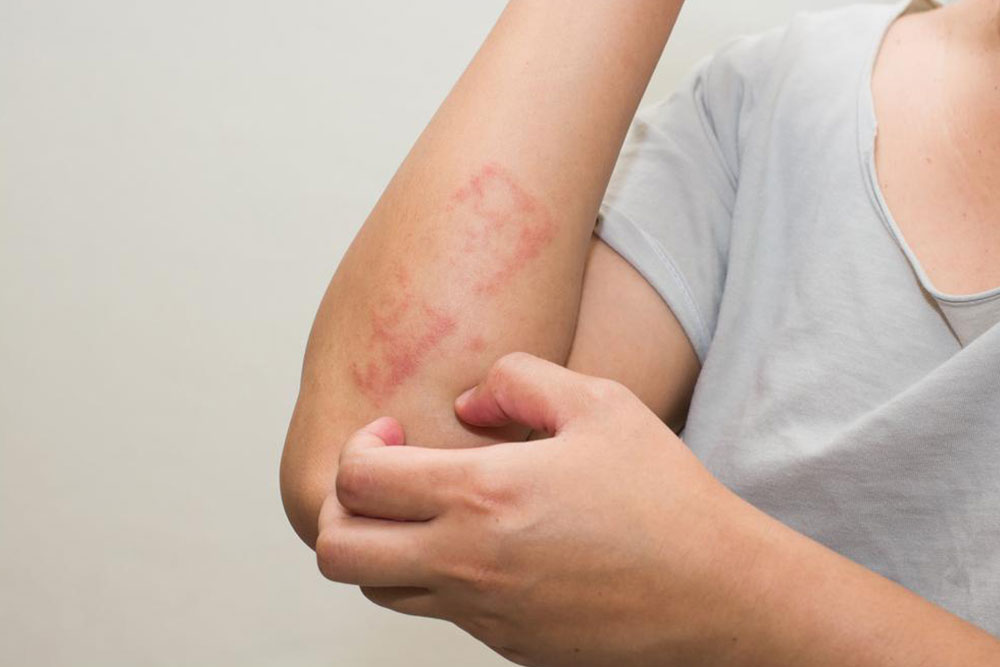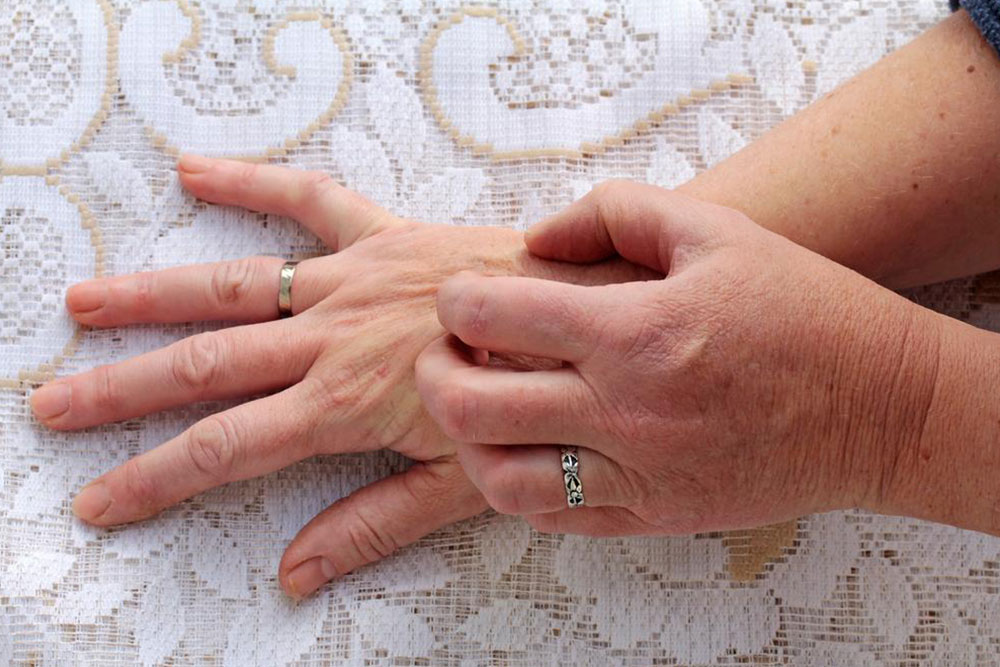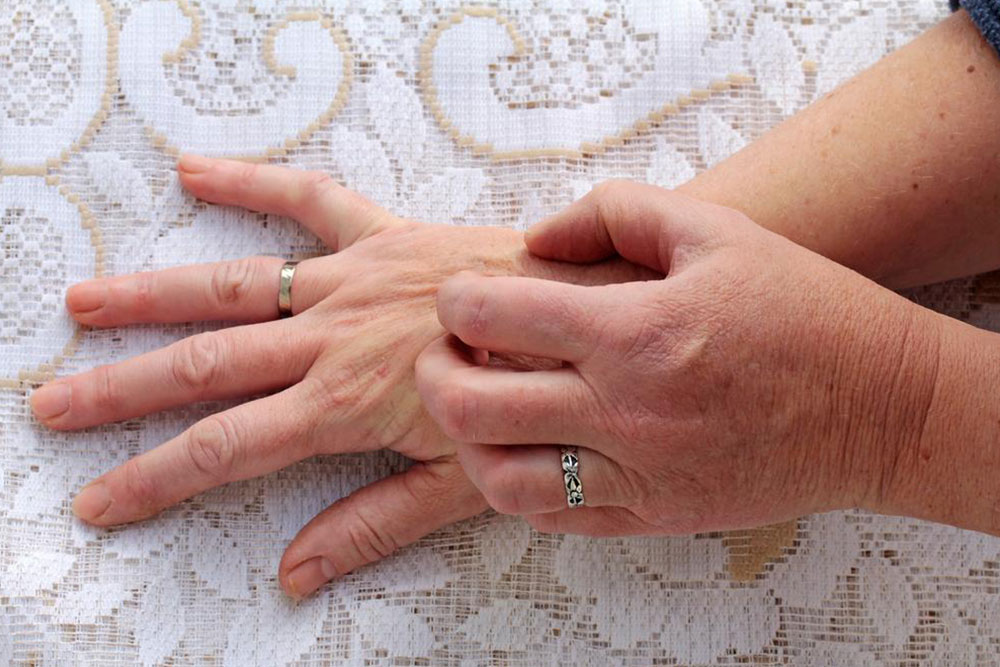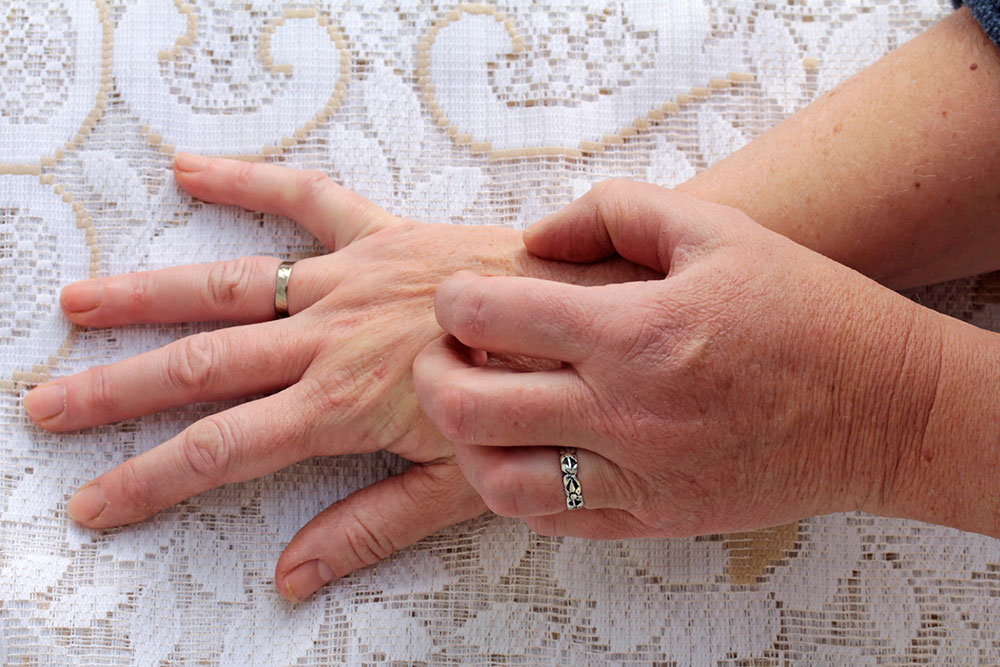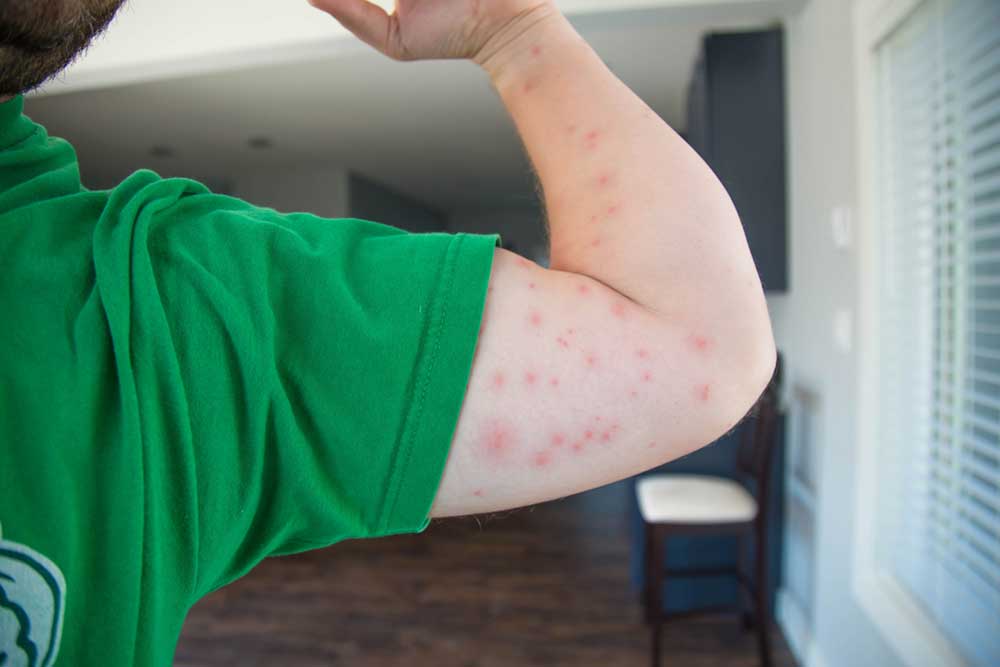Essential Facts About Scabies You Need to Know
Learn essential facts about scabies, including its symptoms, transmission, and treatment options. Recognize early signs such as intense itching, red spots, and burrow marks to seek prompt medical care. Understand how mites spread and the importance of accurate diagnosis for effective treatment. This guide helps you identify the condition to prevent its progression and contagion.

Essential Facts About Scabies You Need to Know
Scabies is a skin condition characterized by the development of intense rashes. You can better understand its appearance by viewing images of scabies rashes.
Identifying how the rash looks is crucial, as not all skin eruptions are due to scabies. Accurate diagnosis is essential before seeking treatment. If you suspect you have it, visit a healthcare professional promptly; delaying can worsen the severity as the rash spreads.
Many are unaware that scabies is an infestation caused by tiny mites called Sarcoptes scabiei, not an infection. These mites burrow into your skin, laying eggs and triggering immune responses that lead to painful rashes.
Recognizing Symptoms of Scabies
If experiencing it for the first time, symptoms may take 4-6 weeks to appear.
Initial signs include an uncontrollable itching sensation, often worse at night. Scratching offers no relief and can worsen the condition by spreading mites. Confirm symptoms by comparing with scabies rash images online. Avoid scratching to prevent further infection spread. At night, mites become more active and burrow deeper, intensifying the itching. Red spots and small tracks called burrows are notable signs, often found between fingers, on wrists, elbows, and genital areas. These burrows are skin-colored or grayish-white, with black dots at the ends, created by female mites laying eggs. Bumps appearing periodically indicate mite activity, observable in rash photos for clarity.
How Is Scabies Transmitted?
Scabies spreads through close contact, especially in environments like nursing homes, prisons, or daycares. Caregivers handling infected individuals are also at risk. Physical intimacy with an infected person can transmit the mites. Recognizing symptoms early by comparing with photos is vital. Intense itching leads to scratching, which can cause skin cuts and secondary infections. Several treatment options, including medicated creams, are available. If you suspect scabies, seek medical advice immediately for effective management.

